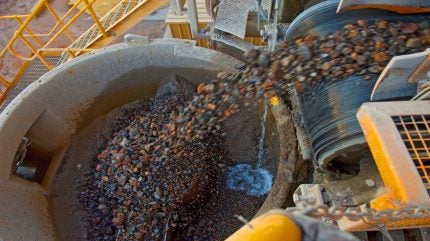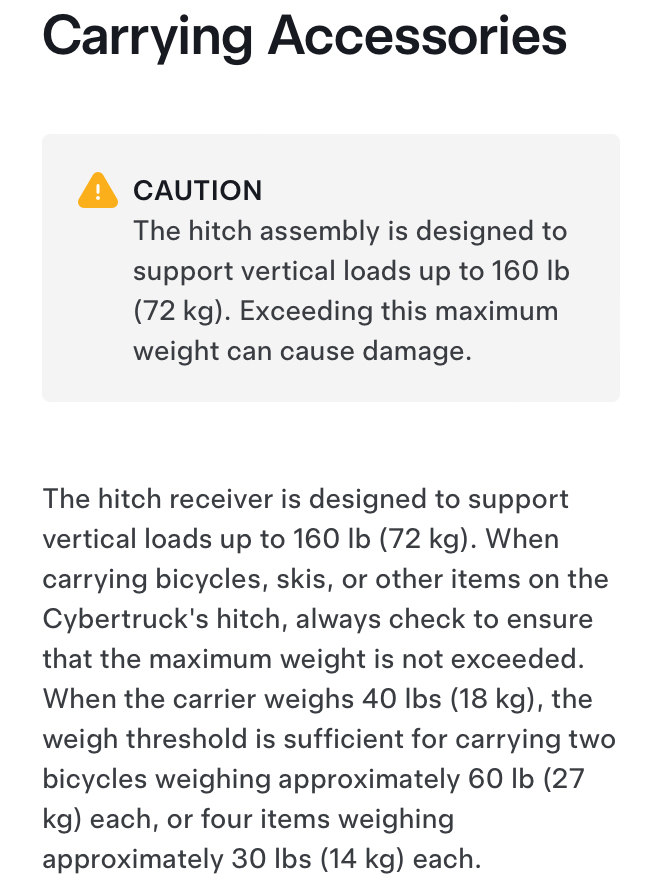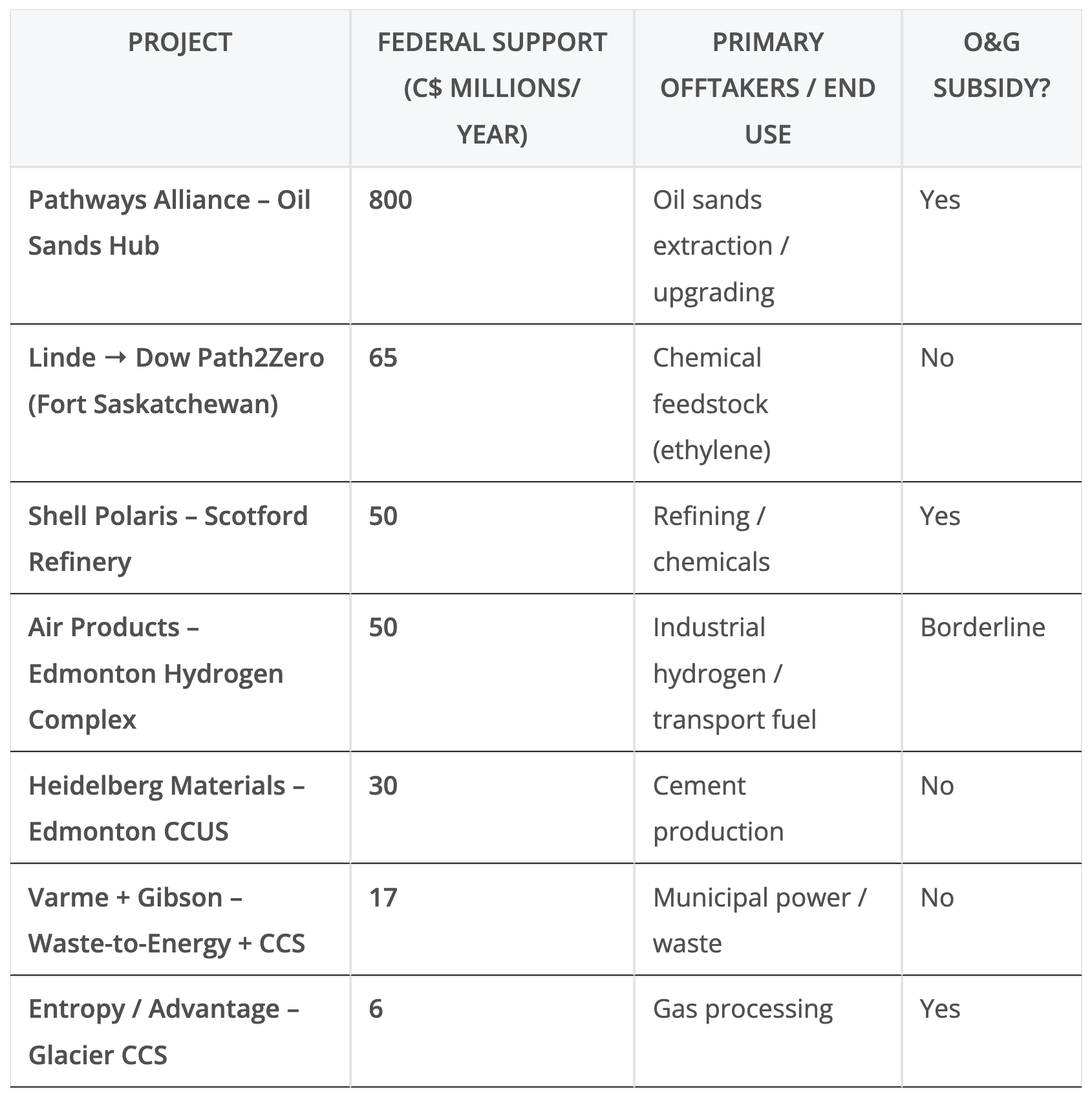Australia’s $455 billion mining industry is built on a range of complex, large-scale infrastructure, some of which is mission-critical yet impossible to replace overnight.
Large power transformers – for example – are critical for distributing electricity across mine sites but are experiencing major global shortages due to unprecedented demand and supply chain challenges, now taking up to five years to replace and almost doubling in price since 2018.
This has caused major headaches for organisations and entire industries around the world, from power-hungry data centres to housing and construction. It’s also hamstrung up to a quarter of the world’s renewable energy projects and slowed the recovery of businesses in Tennessee hit by Hurricane Helene late last year.
Girth gears used in SAG and ball mills may also require six to twelve months to manufacture and install. These aren’t spare parts you can pull off a shelf. In many cases, they’re custom-built for the site, ordered internationally, and take months to ship.
These are just two examples of equipment failures that could shut down a $5 million-a-day operation for months. As operators continue to face supply chain challenges, the ability to anticipate and mitigate equipment failure is no longer optional — it’s a board-level concern.
Maintenance as capital protection
As property insurance specialists, FM works closely with mining operators to understand the systemic risk posed by infrastructure with long lead times. While critical failures are infrequent, when they do occur, they can have a definitive impact on business performance and output.
Its systems approach and seven-factor risk model help operators assess this more clearly. First FM identifies which production equipment, utilities and support systems are critical to the operation. The framework then evaluates critical equipment using five frequency drivers — operating conditions, physical environment, operator training, maintenance practices, and asset history — and two severity drivers: the presence of safety systems and the strength of contingency planning.
Each factor contributes to the equipment’s risk profile. For instance, operating equipment outside its design parameters and limited training may increase the likelihood of failure, while the absence of documented contingency plans can dramatically extend downtime when a breakdown occurs.
The model enables mining leaders to pinpoint vulnerabilities, prioritise investments and link maintenance decisions directly to business outcomes. This is particularly critical when dealing with assets that can’t easily be replaced or repaired.
Routine actions such as oil sampling, vibration analysis, thermography, and scheduled shutdown inspections remain some of the most effective ways to identify degradation early. But detection alone is not enough. The operational response — whether through a spare parts strategy, supplier contracts, or rebuild capacity — must be mapped in advance.
For equipment like transformers or girth gears, where spares may be financially or logistically unrealistic, a well-defined contingency plan can significantly reduce recovery time. This might include access to mobile substations, pre-approved manufacturing agreements, or on-file technical drawings that accelerate fabrication.
These plans don’t eliminate risk, but they narrow the exposure window, which can mean the difference between a minor disruption and a prolonged shutdown.
Downtime doesn’t wait for a solution
FM’s 2024 Mining Loss Report confirms mechanical and electrical breakdowns remain the leading cause of property-related loss in the sector, accounting for more than 60 per cent of major incidents. Many of these failures stem from single points of dependency; assets that may not be high in number but are critical to production continuity.
The data shows that most mining losses are not black swan events. They are foreseeable and preventable. Equipment that has degraded under poor operating conditions, that hasn’t been maintained and tested, or that lacks modern safety systems is more likely to fail. And when it does, it tends to fail hard.
The underlying causes are often unavoidable – mine sites are tough environments and equipment wears out. But if sites have the data and frameworks in place to see them coming and respond in time, catastrophic events can be reduced to routine maintenance. That means shifting the view of maintenance from a cost centre to a strategic form of capital protection. It means equipping maintenance teams with the data to justify investment and giving operational leadership the visibility to make faster, more informed decisions.
The impact of supply chain fragility is now baked into the global energy and infrastructure landscape, affecting projects from London to the Pilbara. The transformer shortage is only one example of a broader trend, with a range of parts and infrastructure that were once easy to procure now much more time-consuming and expensive to replace.
Mining operators can’t control global supply chains, but they can control how they prepare for disruption. Basic hygiene measures like routine maintenance and contingency planning are some of the most cost-effective ways to prevent long periods of downtime that could reshape your operation’s financial performance and long-term reputation.
Want to connect with the mining industry? Register to attend AIMEX and WA Mining Conference.
Want to connect with the mining industry? Register to attend AIMEX and WA Mining Conference.
Want to connect with the mining industry? Register to attend AIMEX and WA Mining Conference.




